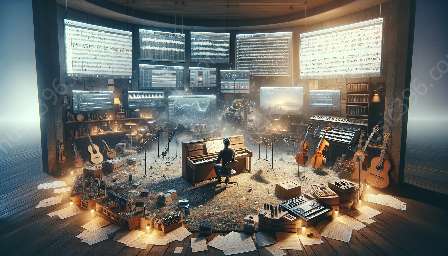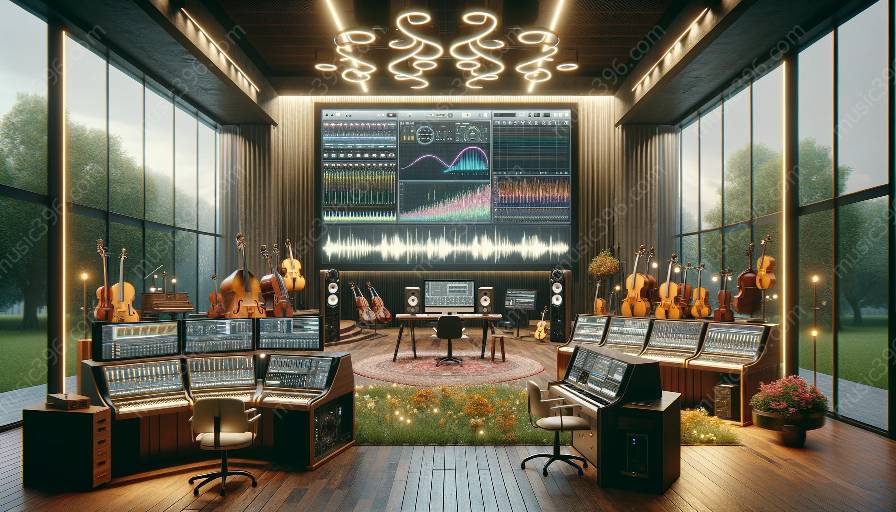Musical plagiarism is a serious issue within the music industry, with the potential to create legal and ethical challenges for musicians and composers. In today's digital age, the use of computer-aided tools for music analysis has become increasingly prevalent in the identification and detection of musical plagiarism. This topic cluster aims to explore the intersection of computer-aided music analysis and music analysis in the context of identifying and addressing musical plagiarism.
Understanding Musical Plagiarism
Musical plagiarism refers to the act of using someone else's musical work or ideas without proper permission or credit. It can take various forms, including direct copying of musical material, sampling without authorization, or even unintentional similarity due to subconscious influences. Detecting and addressing musical plagiarism is essential for preserving the integrity of musical works and protecting the rights of composers and performers.
Role of Computer-Aided Tools in Music Analysis
Computer-aided tools for music analysis play a crucial role in the identification and detection of musical plagiarism. These tools leverage advanced algorithms and techniques to analyze various aspects of musical compositions, including melody, harmony, rhythm, and timbre. By comparing large datasets of musical works, these tools can detect similarities, variations, and deviations that may indicate potential instances of plagiarism.
Techniques for Musical Plagiarism Detection
The use of computer-aided tools enables the application of sophisticated techniques for musical plagiarism detection. These techniques may involve audio fingerprinting, spectral analysis, pattern matching, and machine learning algorithms. Audio fingerprinting allows for the creation of unique representations of musical pieces, making it easier to compare and identify similarities across different compositions. Spectral analysis can reveal subtle differences and similarities in sound frequencies, while pattern matching algorithms can identify recurring motifs and structures.
Challenges and Limitations
Despite the advancements in computer-aided tools for music analysis, several challenges and limitations exist in the detection of musical plagiarism. One common challenge is distinguishing between legitimate influences and unauthorized use of musical material. Additionally, the use of complex compositional techniques or variations in performance styles can make it difficult to distinguish between originality and plagiarism. Furthermore, the sheer volume of musical content available online presents a challenge in efficiently and accurately identifying instances of plagiarism.
Ethical and Legal Implications
Addressing musical plagiarism using computer-aided tools raises ethical and legal considerations. While the detection of plagiarism is essential for maintaining artistic integrity, it is crucial to ensure that the rights of composers and musicians are protected. Ethical considerations include acknowledging the gray areas of influence and inspiration in music, as well as promoting fair use and transformative interpretations. From a legal standpoint, the use of computer-aided tools in music analysis may impact copyright enforcement and intellectual property protection.
Future Directions and Innovations
The future of musical plagiarism detection using computer-aided tools holds promising opportunities for innovation. Advancements in artificial intelligence, deep learning, and natural language processing can further enhance the accuracy and efficiency of plagiarism detection algorithms. Additionally, the integration of blockchain technology for tracking and validating musical compositions could offer new solutions for establishing provenance and ownership of original works.
Conclusion
The analysis and detection of musical plagiarism using computer-aided tools represent a significant area of research and development at the intersection of computer-aided music analysis and music analysis. By understanding the role of computer-aided tools, the challenges and limitations, ethical and legal implications, and future directions, the music industry can work towards fostering a fair and transparent environment for musical creativity and expression.

































